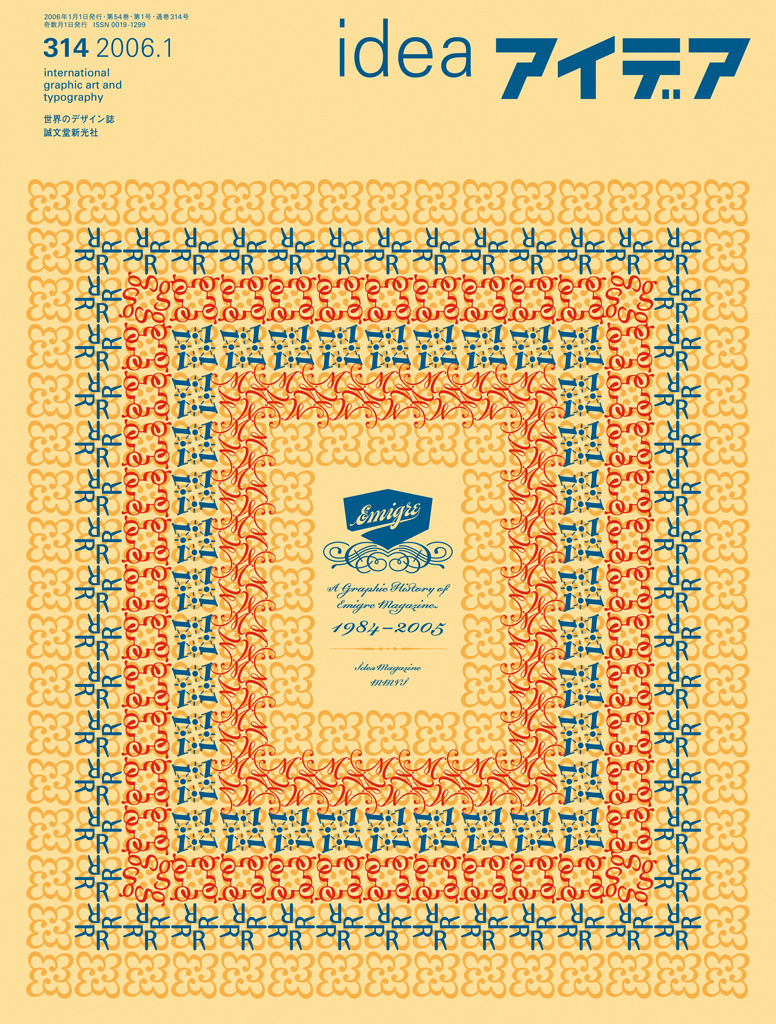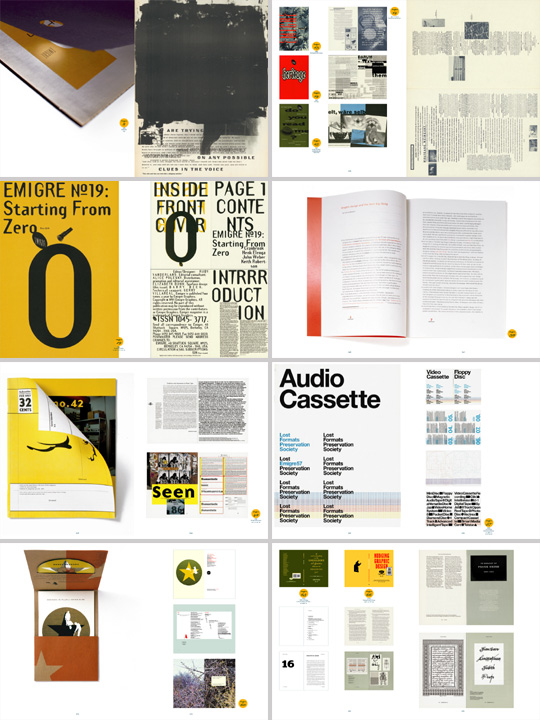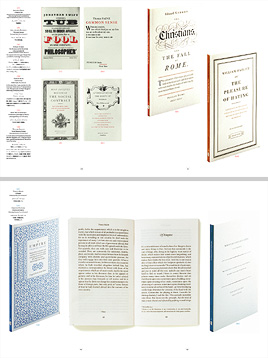
IDEA No.314
Published: 2006/1
Price: 定価3,111円/2,829+tax jp yen soldout
Keyword
Special feature: A Graphic History of Emigre magazine 1984-2005 / Penguin books Design of Great Ideas/ design manierism vol.3 “Mirable visu” by Hiroshi Takayama / When Pigs Design Vol.33 by Kyoichi Tsuzuki “How cool not to be cool is–Great airbrush painters Part.2” / Typography Review vol.12 “The Node of Modern Visual Language” Text by Yusaku Terayama, Supervision by Jiro Katashio, Design by Yoshihisa Shirai, Typeset by Akira Okayasu / Shinro Ohtake Original Serial Poster [2nd impact] Part 16 Side A(inside): Uchumisaki II Side B:(outside): Exposure IV
Special Feature: A Graphic History of Emigre Magazine 1984-2005
Emigre is a graphic design and typography magazine based in northern California. Also known as a type foundry dedicated to the production and selling of digital fonts, its leading role in the field is known world wide, and the page design using its typefaces effectively is considered to be one of the main characteristics of the magazine. Over the course of twenty one years, the people and situation that appeared on Emigre magazine, along with the typefaces that were used, have been constantly changing and migrating with the times. And it is this very open attitude that makes the course of Emigre magazine significant evidence, a consistent document of the present situation of graphic design and typography. It is our hope for this feature to become a small entrance for Emigre magazine to be kept being read from now on.

Penguin books: Design of Great Ideas
Tradition and Modernity in Typography Penguin Books, first published in 1935, were the first mass-market paperbacks in Britain. Penguin’s experiments were widely welcomed, and today, Penguin’s famous paperbacks span genres from classics to contemporary fiction. Great Ideas, a new series launched at the end of 2004, is based on the concept that classic works of philosophy should be accessible to the average reader, not just to students and academics. The series’ typographic cover designs reinterpret traditional and modern book designs in a contemporary manner, and are one reason for the series’ success. Here, we introduce all the Great Ideas covers.


